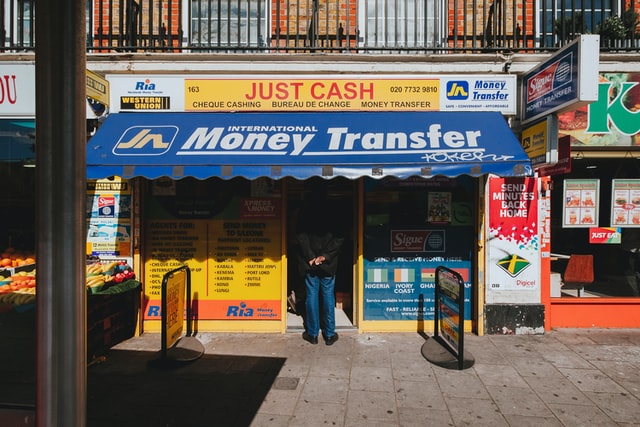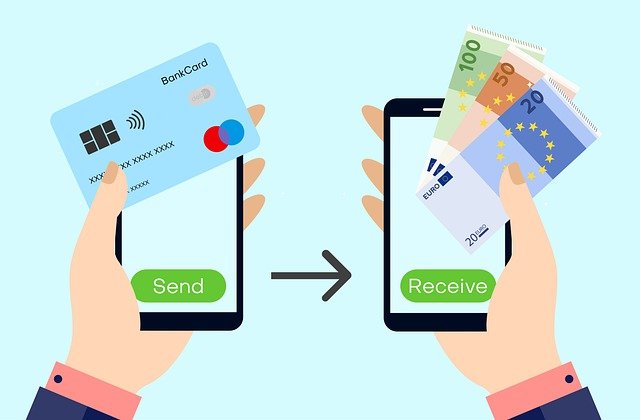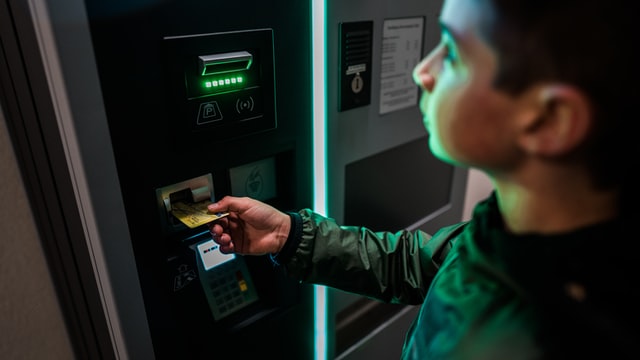As a parent, sending your kid to study abroad is exciting news. But we will not judge you if you start worrying as soon as you hear about it.
After all, you want to ensure that your child is safe and healthy. But you would like them to be responsible and fend for themselves.
Hence, you would want them to learn how to manage their finances.
While they can opt to be working students overseas, their earnings may not be enough. Hence, you can send them money regularly and let them budget it.
That said, here are six reliable ways you can send money to your kids who are studying abroad.
Bank to Bank Transfer
One of the most secure ways to send money to your kid who is studying abroad is to use your banks.
For one, you are doing the transaction through a trusted institution. Second, it offers convenience since it is likely that your bank already has your details. Otherwise, all you need is your child’s international bank account number and SWIFT or BIC code.
The only caveat is that bank-to-bank transfer has a hefty transfer fee and poor exchange rate. As such, look for a local bank with branches abroad, offers low transfer fees and a competitive exchange rate.
Money Order
Sending a money order is another traditional way of sending money to your child abroad. This is also a worthwhile alternative if you do not own a checkbook.
However, a money order requires a nominal fee. If you want to send $200 to your child, you need to pay $202. That’s the amount of money you want to send, plus the money transfer.
Such money remittance ensures that your kid will receive $200 and can choose to receive it in local currency or not.
But one of its downsides is that there is a limit to the amount of money you can send. The money order will also require your kid to pick up the cash in the nearest branch, which can be a hassle.
Online Money Transfer

Other than banks and money orders, online money transfers are becoming a popular way to send money overseas. That’s because online money remittance service providers offer the following benefits:
- Lower transfer fees
- Better exchange rate
- Fast and reliable transfer time
- Multiple ways to receive cash
What’s important is to look for a service provider that has branches available in the country where your child will study. It will also help if they offer various ways for your kid to receive the money like cash pick-up, bank deposit, and more.
Digital Wallet

In 2020, digital and mobile wallets made up 45% of e-commerce payment transactions worldwide. In addition, UK and US consumers prefer to use such methods to pay for products or services.
This explains why more and more establishments encourage cashless transactions. In fact, you can now do your grocery and pay for it by scanning a QR code.
That said, you can consider sending money to your kid through a digital wallet like Google Pay or ApplePay.
What you can do is transfer cash from your bank to their digital wallet. And then your child can use it to pay for their groceries, transportation, and other essentials.
PayPal Transfer
There is a good reason PayPal transfer deserves its spotlight, so hear us out.
Bank-to-bank transfers can be costly, while money orders can be a hassle. Unfortunately, not every country accepts ApplePay or Google Pay. Perhaps they have their local digital wallet, which you cannot connect with your bank.
This is where PayPal can be helpful.
For one, you can fund your PayPal account through your bank. You can also connect your credit card for convenience’s sake. From there, you can do a PayPal-to-PayPal transfer.
Once your child receives the PayPal fund, they can opt to transfer it to their digital wallet or local bank account.
However, PayPal often charges a transaction fee that the recipient will have to shoulder. So if you send $200, your child will likely receive around $198. Moreover, PayPal has a low exchange rate margin.
Email Money Transfer
Sending money via email can be one of the most convenient methods you can find.
It works like an electronic check, and you initiate the transaction via email. Your child will then receive an email notification if the fund is available.
You don’t need to input the recipient’s bank account number, and your child will only need to answer a security question. However, email money transfer is not readily available in some countries. It also makes your and your child’s email susceptible to phishing.
Conclusion
Keep in mind that you now have various options to send money to your child who is studying abroad. Supporting them financially will be less of a worry.
Nonetheless, it would help if you identify your options and compare their transfer fees and exchange rates. That way, you can minimize the transfer fee you have to pay, and your kid can make the most out of your money transfer.

